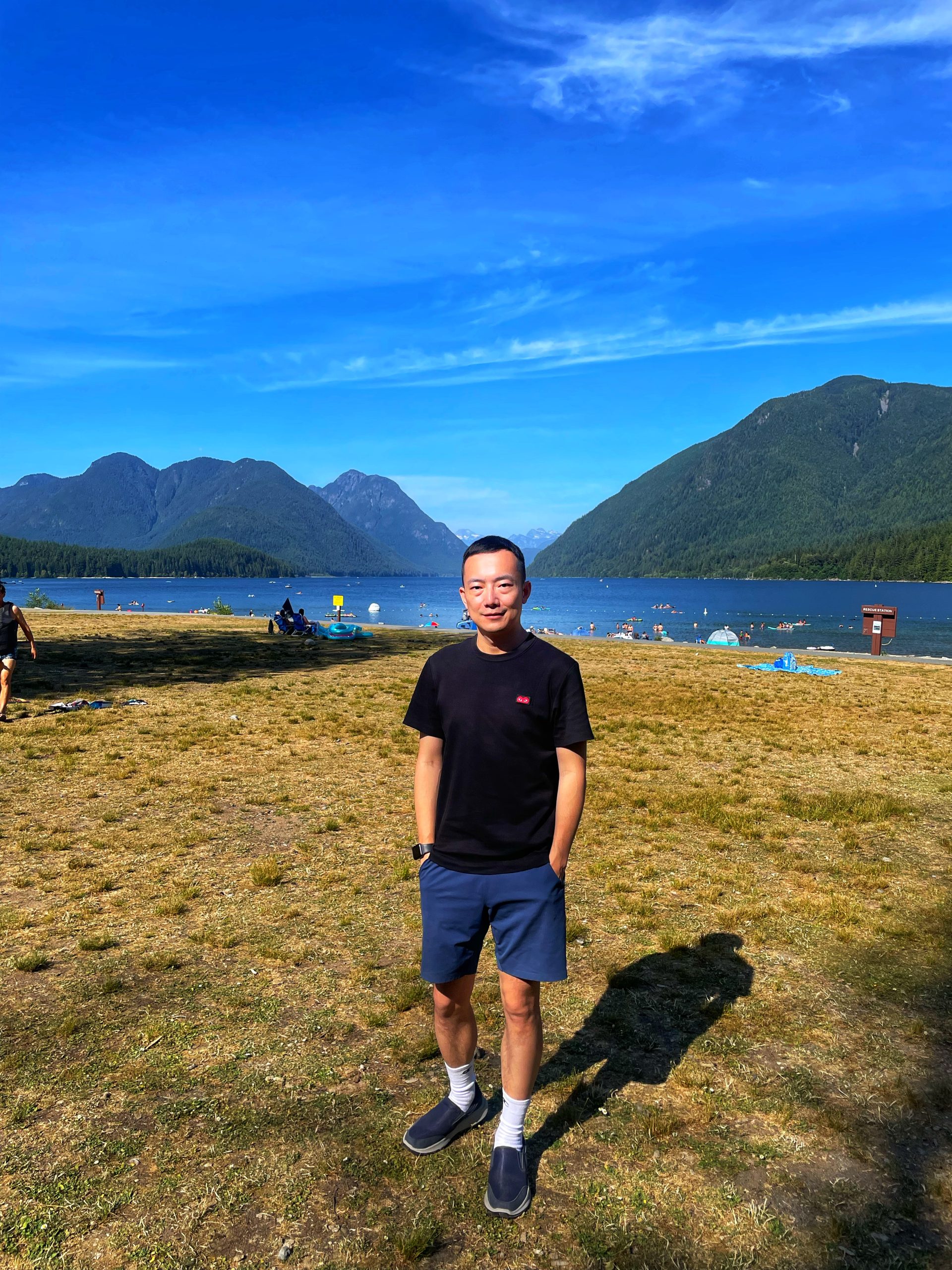While reading the book and understanding narrative inquiry, it occurred to me that autoethnography can be used as a data analysis method for narratives. I find the following sentences to be very interesting and insightful:
When I write about my social world, I codify myself on paper. I produce an ad-hoc self, reflecting and changing my words in a reflexive manner. I write myself, interacting with the self I wrote by objectifying it, judging it, and rewriting it in response. Each time I write and reflect, I view myself as an object while simultaneously being an active subject. The writing subject interacts with the written object.
I particularly like the last sentence, “The writing subject interacts with the written object,” as the idea is so interesting that it promotes using ourselves as points of reference to create new understanding. In Chinese ancient philosophy, there is also the old saying goes 吾日三省吾身,yet the sentence pointed out a useful methodology for doing it in a way that is probably more systematic and comprehensive than depending on the serendipitous insights we happen to get while we are with ourselves, such as during a bath. It also makes possible reflections at longer time scales, when we have already stepped out of our current temporality, and when we are in completely different social or individual positions. Now I regret why I have not kept my scholarly diary or reflections during my own journey to get my PhD in Canada. Yet, it would be nice to start this project.
Since last week, my reading of narrative analysis has really propelled me to become a reader and a writer, not in the sense of writing academic papers but for the concept of writing itself as a research process. When I was writing up my PhD dissertation, I first came across Pierre Hadot’s “Learning to Read” and “Learning to Dialogue,” and by then, I only had a surface-level understanding of these two terms as just reading and talking. I think gradually, as I go on with my academic journey, I begin to understand a little bit more about what it means to learn to read and to learn to dialogue. These two terms can be viewed together as they are intricately connected. Learning to read is not a process just to understand words as they are written, but to read to establish new understandings of our current situation. The everyday complexities and routines usually trap us in our current temporarity, and it takes much effort to climb out of it, at least sometimes, to get a relative bigger picture of our experience. Metaphorically, like the process of climbing to a new world through a rope, we use reading as a method of leveraging us up so that we see more and see what has been obscured in our moment-to-moment lives.
About learning to dialogue, I now think it is less about just talking with someone else than to establish dialogue between the moment-to-moment self, that is, living in the current moment with all of the related burdens of the current life, and the self that is elevated from the current by reading. And these dialogues are usually soothing, helping us to face better the moment-to-moment challenges and helping us see things that are not under our control, so we should try to be indifferent to them.
